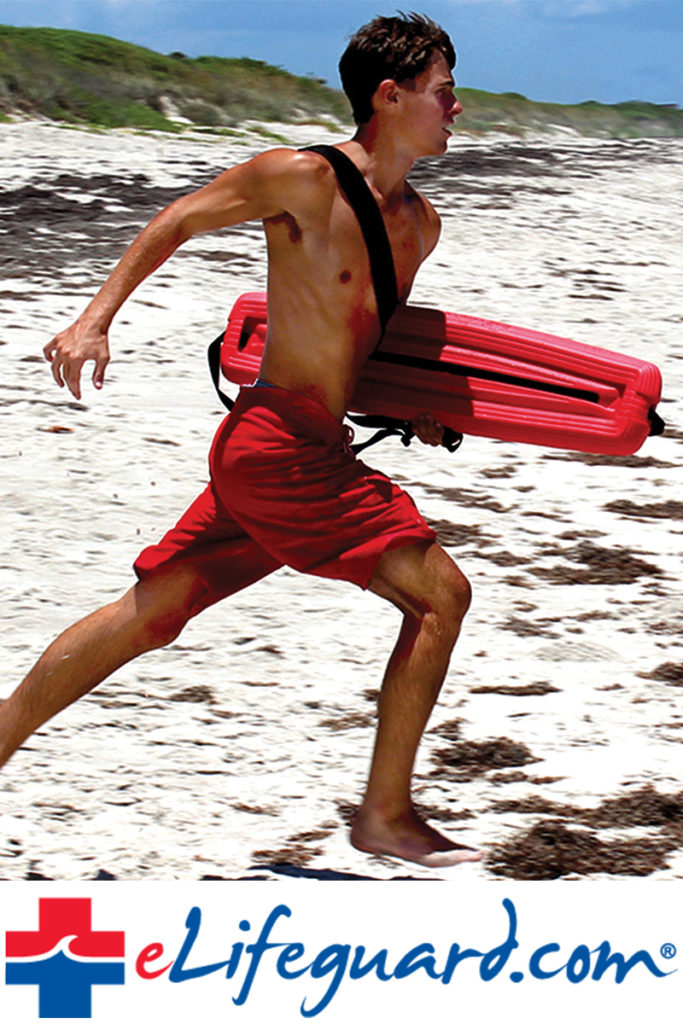Remember the Three Steps when Performing CPR
Every lifeguard should be CPR-certified (we believe more than once!), but we could all use a refresh of the memory every once and a while. If you can’t take a course in the near future, brush up on your CPR skills with these three steps to perform CPR.
Note: There are more steps, and we’ve diluted the instructions a bit, so these don’t stand as the one-and-only way to perform CPR, but rather as a quick reminder of the high-level steps.
1. Call 911
Any time you’re working with a victim, call 911 immediately. No matter how agile you are or how “okay” they  may seem, if there is an incident, it needs to be escalated. This is a precaution you should always take — no matter what. If you’re about to perform CPR, have someone call 911 so that you can jump in and start the rescue.
may seem, if there is an incident, it needs to be escalated. This is a precaution you should always take — no matter what. If you’re about to perform CPR, have someone call 911 so that you can jump in and start the rescue.
2. Begin chest compressions
Place the heel of your hand on the victim’s chest, with your other hand on top, and begin chest compressions about 2-2.5 inches deep. Perform 30 chest compressions before giving them air.

3. Give two breaths of air
After 30 chest compressions, tilt the victim’s head back (this opens the airway), open their mouth and give two full breaths of air. These should be full and deep breaths. Due to COVID-19, it is highly recommended that you use a bag valve mask to keep you and the victim shielded from exchanging saliva.
To be sure you are not missing out on any lifeguard stories, please subscribe to our newsletter here!
For future articles about lifeguarding related industry topics, visit www.lifeguardtv.com





